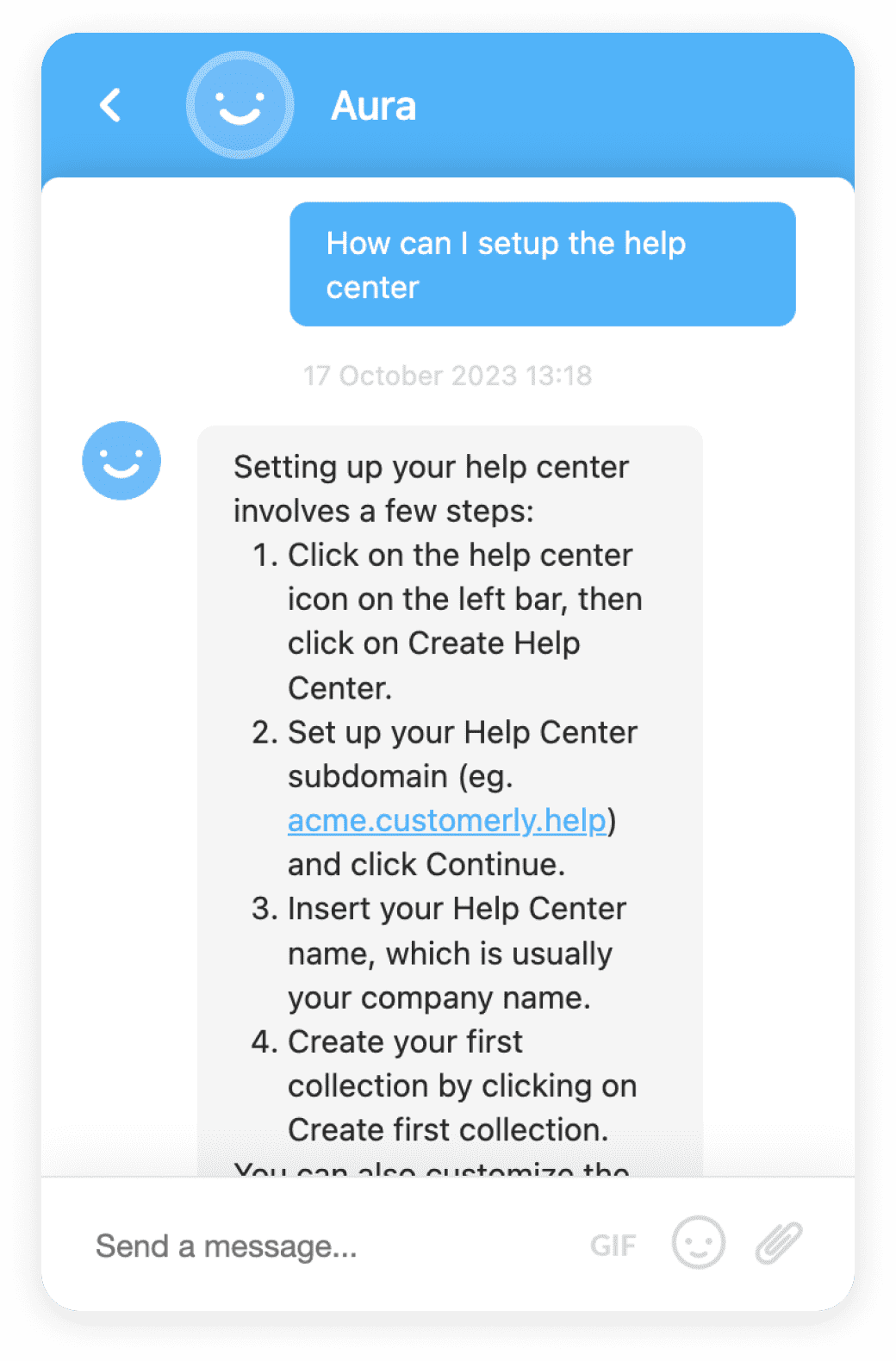Automating
Automating is the process of using technology to perform tasks that were previously done manually, increasing efficiency and productivity.
Definition
Automating is the process of using technology, particularly computer systems and software, to perform tasks that were previously done manually. This process can be applied to various sectors such as manufacturing, customer service, data analysis, and more. It involves the use of automated systems, robots, artificial intelligence, and other technology tools to perform tasks with minimal human intervention.
Usage and Context
Automating is widely used in several industries. In manufacturing, it's used to control production lines with minimal human intervention. In customer service, it's used to respond to customer inquiries through chatbots. In data analysis, it's used to gather and analyze large amounts of data efficiently. Automating is also used in homes through smart devices that control lighting, heating, and other home systems.
FAQ
What is the purpose of automating?
The main purpose of automating is to increase efficiency, reduce errors, save time and resources, and improve overall performance.
What are the risks of automating?
The risks of automating include job displacement, high initial cost, and technical issues or malfunctions.
Related Software
Some software related to automating include Robotic Process Automation (RPA) software, Customer Relationship Management (CRM) software, and Enterprise Resource Planning (ERP) software.
Benefits
The benefits of automating include increased productivity, improved accuracy, cost savings, and more time to focus on strategic tasks.
Conclusion
Automating is a powerful tool that can transform businesses and homes by improving efficiency and productivity. However, it's important to consider the potential risks and challenges before implementing automation.
Related Terms
AI (Artificial Intelligence)
AI, or Artificial Intelligence, is a branch of computer science that aims to create intelligent machines capable of mimicking human intelligence.ML (Machine Learning)
Machine Learning (ML) is a subfield of AI that enables computers to learn from data and make decisions or predictions.Marketing Data Analysis
Marketing Data Analysis is the process of evaluating and interpreting marketing data to gain insights, support decision-making, and improve marketing effectiveness.RPA (Robotic Process Automation)
Robotic Process Automation (RPA) is a technology that uses software bots to automate repetitive, rule-based tasks, improving efficiency and accuracy.











